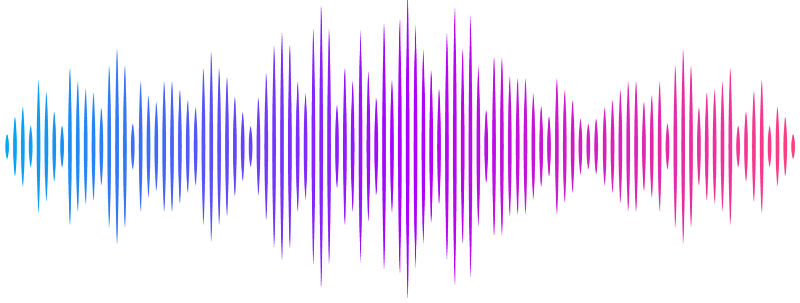The Search for Stable Nickel: Investigating the Origins of Type Ia Supernovae with Late-time NIR Spectroscopy from the Carnegie Supernova Project-II

The Search for Stable Nickel: Investigating the Origins of Type Ia Supernovae with Late-time NIR Spectroscopy from the Carnegie Supernova Project-II
Sahana Kumar, Eric Y. Hsiao, Christopher Ashall, Peter Hoeflich, Eddie Baron, Mark M. Phillips, Maryam Modjaz, Abigail Polin, Nidia Morrell, Christopher R. Burns, Jing Lu, Melissa Shahbandeh, Lindsey A. Kwok, Lluis Galbany, Maximilian D. Stritzinger, Carlos Contreras, James M. DerKacy, T Hoover, Syed Uddin, Saurabh W. Jha, Huangfei Xiao, Kevin Krisciunas, Nicholas B. Suntzeff
AbstractProducing stable $^{58}$Ni in Type Ia supernovae (SNe Ia) requires sufficiently high density conditions that are not predicted for all origin scenarios, so examining the distribution of $^{58}$Ni using the NIR [Ni II] 1.939 $\mu$m line may observationally distinguish between possible progenitors and explosion mechanisms. We present 79 telluric-corrected NIR spectra of 22 low-redshift SNe Ia from the Carnegie Supernova Project-II ranging from +50 to +505 days, including 31 previously unpublished spectra. We introduce the Gaussian Peak Ratio, a detection parameter that confirms the presence of the NIR [Ni II] 1.939 $\mu$m line in 8 SNe in our sample. Non-detections occur at earlier phases when the NIR Ni line has not emerged yet or in low signal-to-noise spectra yielding inconclusive results. Subluminous 86G-like SNe Ia show the earliest NIR Ni features around ~+50 days, whereas normal-bright SNe Ia do not exhibit NIR Ni until ~+150 days. NIR Ni features detected in our sample have low peak velocities ($v$~1200 km/s) and narrow line widths ($\leq$ 3500 km/s), indicating stable $^{58}$Ni is centrally located. This implies high density burning conditions in the innermost regions of SNe Ia and could be due to higher mass progenitors (i.e. near-$M_{ch}$). NIR spectra of the nearly two dozen SNe Ia in our sample are compared to various model predictions and paired with early-time properties to identify ideal observation windows for future SNe Ia discovered by upcoming surveys with Rubin-LSST or the Roman Space Telescope.